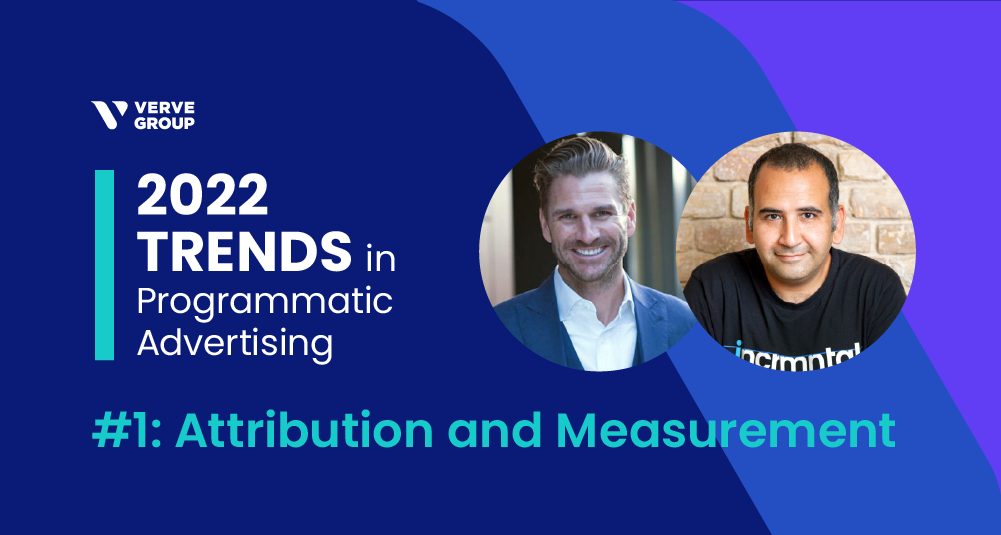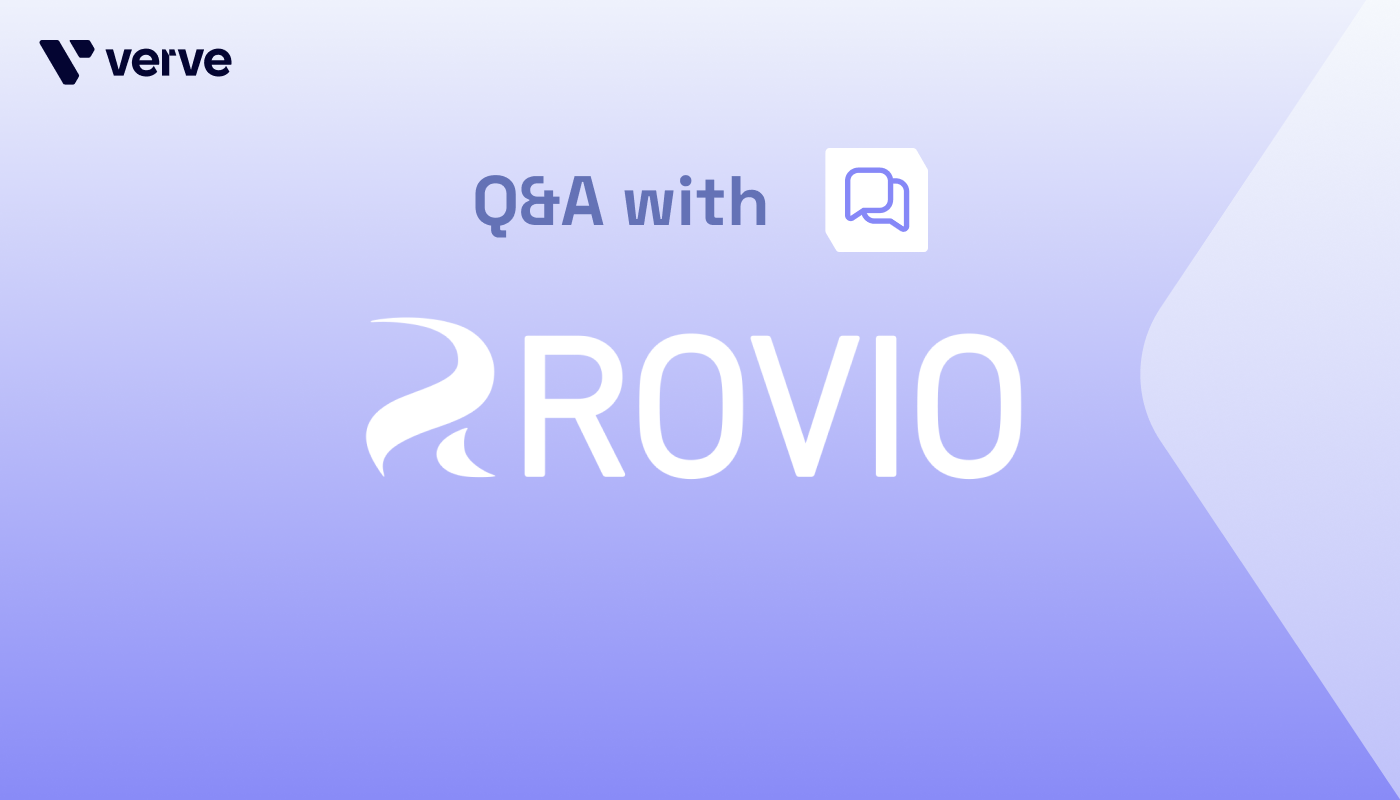Welcome to our latest blog series, 2022 Trends in Programmatic Advertising. We’re meeting with industry experts and thought leaders to bring you insights on what’s ahead for 2022, and what’s shaking up the programmatic landscape.
First up, we’re digging into Campaign Attribution and Measurement. In recent years, shifting privacy laws, increased user controls, and demand for user-friendly privacy policies has created new challenges (and opportunities) for marketers and advertisers to measure the success of their campaigns. While cookies crumble and personal identifiers become more obsolete, how can advertisers ensure their campaigns reach the right audiences, while protecting their privacy? How can they determine campaign efficacy? Spoiler alert: contextual targeting and publisher first-party data play a key role.
Today, we’re joined by Adam Landis [AL], Founder and CEO of AdLibertas, a platform that helps app developers better collect, process, and leverage data for more actionable insights, and Maor Sadra [MS], CEO of INCRMNTAL, an incremental measurement software for advertisers.
With more than a decade of mobile app experience, Adam shares his thoughts on the challenges facing campaign attribution, and opportunities for technological evolution. As an ad tech veteran of nearly twenty years, Maor offers insights into pain points for marketers and advertisers, and new ways to successfully measure campaign success.
How will campaign attribution and measurement evolve in 2022?
[AL] Campaign attribution experienced whiplash the last couple of years. When IDFA deprecation was first announced, many thought the large attribution platforms would lose all value to marketers. But the change didn’t happen overnight. Uncertainty, complexity, and Apple’s policy clarifications have given these platforms a very solid chance to build and deliver value in the SKAN-enabled world.
As of today, achieving accurate iOS campaign attribution is tough. Many of our customers are working to get back to parity. In the coming year — as mobile attribution becomes increasingly opaque — I expect to see technologies like media mix modeling, incrementality measurement, and extrapolated data modeling deliver better signals for campaign measurement. But it won’t be solved quickly, it will require groundwork from marketers: research, testing, and good data hygiene to achieve.
[MS] Attribution has been and will remain an important component for any digital marketer. Attribution provides a near real-time proxy to “which ads work”, and while user-level attribution is guaranteed to vanish from our world, attribution in aggregated levels of campaign and placement will remain, allowing marketers this proxy.
With that said, more and more marketers will now understand that attribution is and has always been a method of tracking — but attribution does not equal measurement.
How would you describe the difference between measurement and attribution?
[MS] Attribution and measurement are two keywords that are often used interchangeably in our community.
Attribution is a term from the tracking world, representing a direct link (or as direct as possible in a probabilistic term) between inventories acquired (i.e. impressions and clicks) and the users who engaged.
Measurement, in marketing, is a more general term used to quantify the value of revenues as a result of ad spend. For example, spending $1,000 in ad spend should result in at least $1,000 in additional revenues.
How will the privacy-first movement continue to impact the programmatic advertising landscape?
[MS] Many DSPs relied on a device graph, creating a persona for every user based on the apps they installed, used, and so on. This was an outrageous access and breach of user privacy, and it was bound to disappear at some point. In a privacy-first world, programmatic advertising becomes a vehicle, giving advertisers access to publishers and placements. Contextual targeting becomes more relevant than ever, and DSPs that have been developing technologies to utilize context in targeting, unique ad placements (native, video) will be those who provide the best incrementality to advertisers.
[AL] Next year, there will be more than one marketer feeling the pain that inspired the now century-old quote: “Half the money I spend on advertising is wasted; the trouble is I don’t know which half.” It’ll continue to be rough for advertisers. As marketers explore new technologies and methodologies for measurement, there will be inevitable problems — ones advertisers first encountered on emerging mobile inventory a decade ago: fraud, fragmentation, and unclear ROI. This will cause inevitable setbacks and trepidation among advertisers, eroding some benefits seen by recent platform consolidation, and increasing availability of programmatic inventory. However, these challenges will create opportunities for innovative marketers who can move ahead of the market.
What role will publisher first-party data play in a world without identifiers?
[AL] To be clear, there are still identifiers. There are just less pervasive identifiers available to advertisers on the open market. This has created a huge opportunity for a publisher’s first-party data to deliver value — and earn margin — from advertisers. Historically, an advertiser would deploy budget to Google and Facebook, and rely on them to find and engage the proper audience. Now, publishers have the opportunity to offer this service to marketers, and can even leverage it for themselves. There’s a reason the last couple of years have seen huge consolidation among publishers and content providers — the leaders are building out infrastructure and aggregating data to lean into this opportunity.
In short, publisher first-party data has the opportunity to supplant the dominance of big tech in advertising.
The industry is at a key inflection point, and campaign attribution is caught up in the mix. Luckily, marketers and advertisers can leverage either publisher-owned first-party data to help reach relevant audiences or contextual advertising which offers a privacy-compliant alternative to traditional tracking. Connect with us to get ahead of the game for 2022, and find out how you can better measure your campaign results.
Stay tuned for more expert insights over the coming days on what 2022 has in store!








